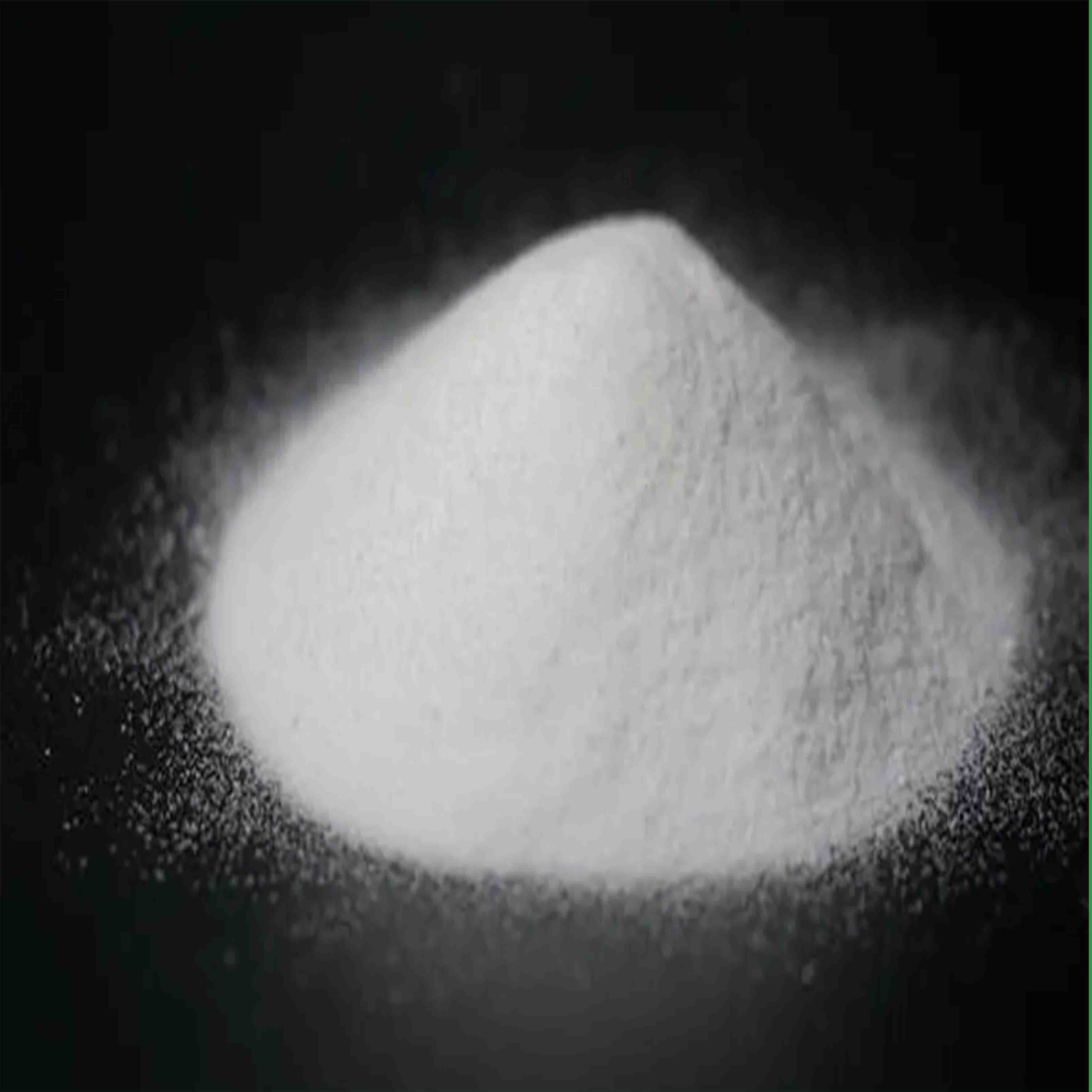
Dec . 26, 2024 05:41 Back to list
Types of Titanium Dioxide Produced in China and Their Applications
Understanding the Types of TiO2 in China
Titanium dioxide (TiO2) has become an essential material across various industries, notably in pigments, paints, coatings, plastics, and even in food products. China has emerged as one of the largest producers and consumers of TiO2 globally, leading to diverse types and applications of this compound in the region. This article explores the various types of TiO2 produced in China, illuminating their characteristics, uses, and the impact on the industry.
Types of TiO2
TiO2 can be primarily categorized into two crystalline forms anatase and rutile. The differences between these types affect their properties and applications significantly.
1. Anatase TiO2 This form is generally considered to be more reactive than rutile, which makes it suitable for specific applications like photocatalysis, where it is used in environmental remediation, self-cleaning surfaces, and even as a UV filter in cosmetics. In China, anatase TiO2 is increasingly being researched for its potential in solar energy applications, enhancing the efficiency of solar cells.
2. Rutile TiO2 Rutile is the more stable and common form of TiO2, renowned for its high opacity and excellent brightness. It is predominantly used in the manufacture of paints, coatings, plastics, and paper products. In China, the rutile variety has been favored in industrial applications due to its superior durability and resistance to weathering. Rutile TiO2 is often produced through the sulfate process or the chloride process, both of which have differing implications for production efficiency and environmental impact.
Production Processes
china tio2 types

China employs several methods for the production of TiO2, with the two most prominent being the sulfate process and the chloride process.
- Sulfate Process This traditional method involves treating titanium-bearing ores with sulfuric acid, resulting in a crude TiO2 product that requires further purification. Although the sulfate process is widely used, it can be less efficient and more environmentally taxing due to the generation of waste sulfuric acid.
- Chloride Process This modern technique, which utilizes chlorine and titanium ore, is increasingly gaining traction in China. It offers a more refined and environmentally-friendly production process, yielding high-purity rutile TiO2 with fewer byproducts. Consequently, several leading TiO2 manufacturers in China are shifting towards the chloride process to enhance both production efficiency and product quality.
Market Dynamics
The demand for TiO2 in China is driven by several sectors, including construction, automotive, and consumer goods. The rapid urbanization and growth of the construction industry in China have led to an increased need for high-quality coatings and paints, thus boosting the TiO2 market. Moreover, with the rising awareness of environmental issues, there is a growing trend toward sustainable products, including those using TiO2 for photocatalytic applications.
Conclusion
As one of the leading producers of TiO2 globally, China plays a pivotal role in determining the types, production methods, and applications of this essential compound. The country's growing emphasis on technology innovation and sustainable practices signals a promising outlook for the TiO2 market. Understanding the distinctions between the types of TiO2 and their respective applications is crucial for stakeholders aiming to navigate the complexities of this thriving industry. As new advancements continue to unfold, the future of TiO2 in China appears bright, with immense potential for innovation and growth across multiple sectors.
-
Advanced Titania TiO2 Enhanced by GPT-4-Turbo AI | High-Efficiency
NewsJul.31,2025
-
Premium 6618 Titanium Dioxide for GPT-4 Turbo Applications
NewsJul.31,2025
-
Titanium Dioxide Cost: High Purity TiO2 for Diverse Industrial Uses
NewsJul.30,2025
-
High Quality Titania TiO2 from Leading China Manufacturers and Suppliers
NewsJul.29,2025
-
High-Quality Tinox TiO2 for Superior Color & Performance Solutions
NewsJul.29,2025
-
High Quality Titania TiO2 from Leading China Supplier & Manufacturer
NewsJul.29,2025
